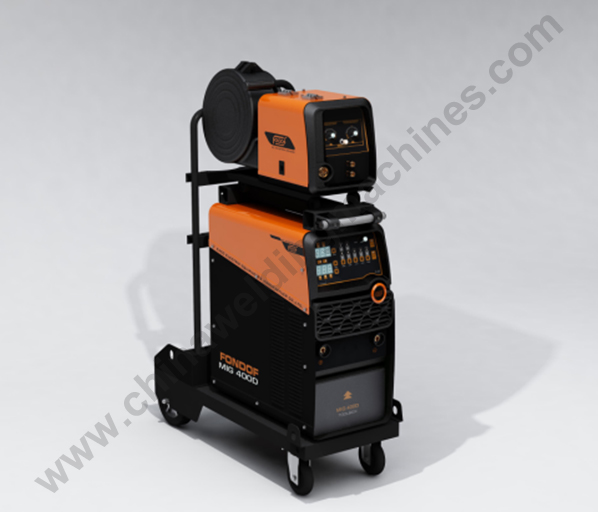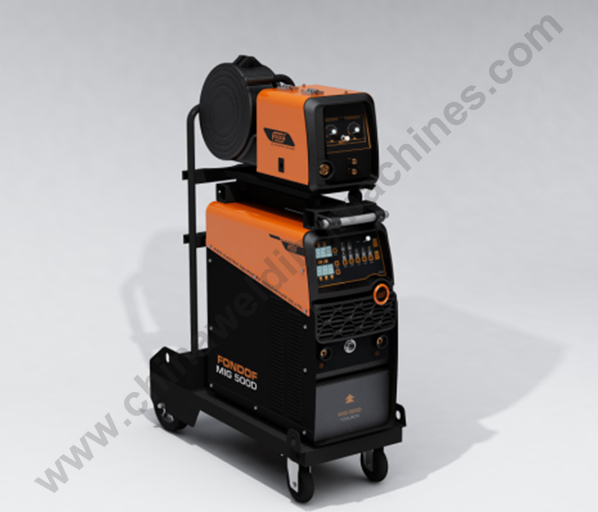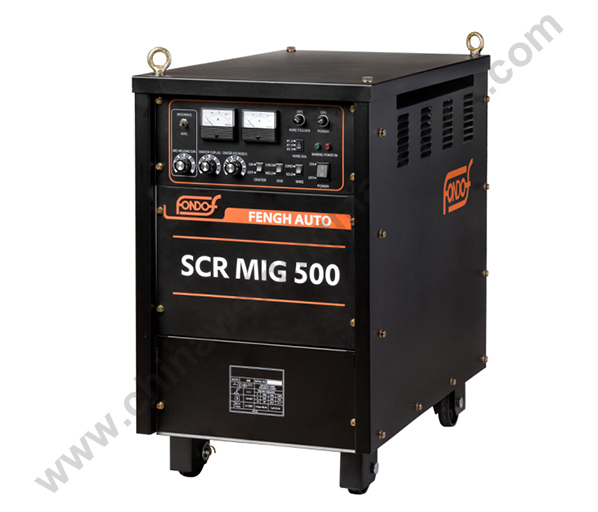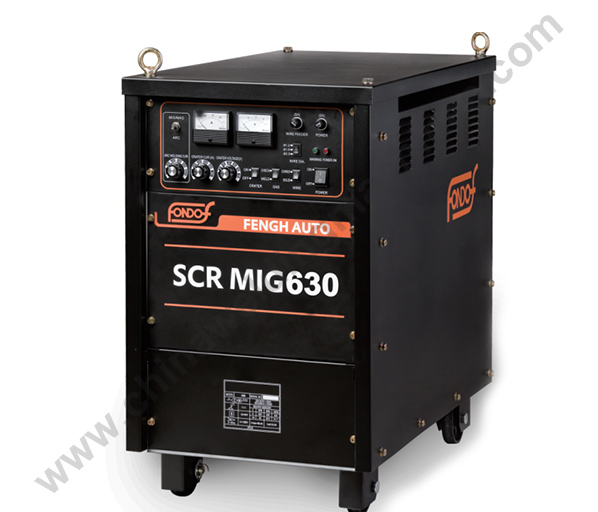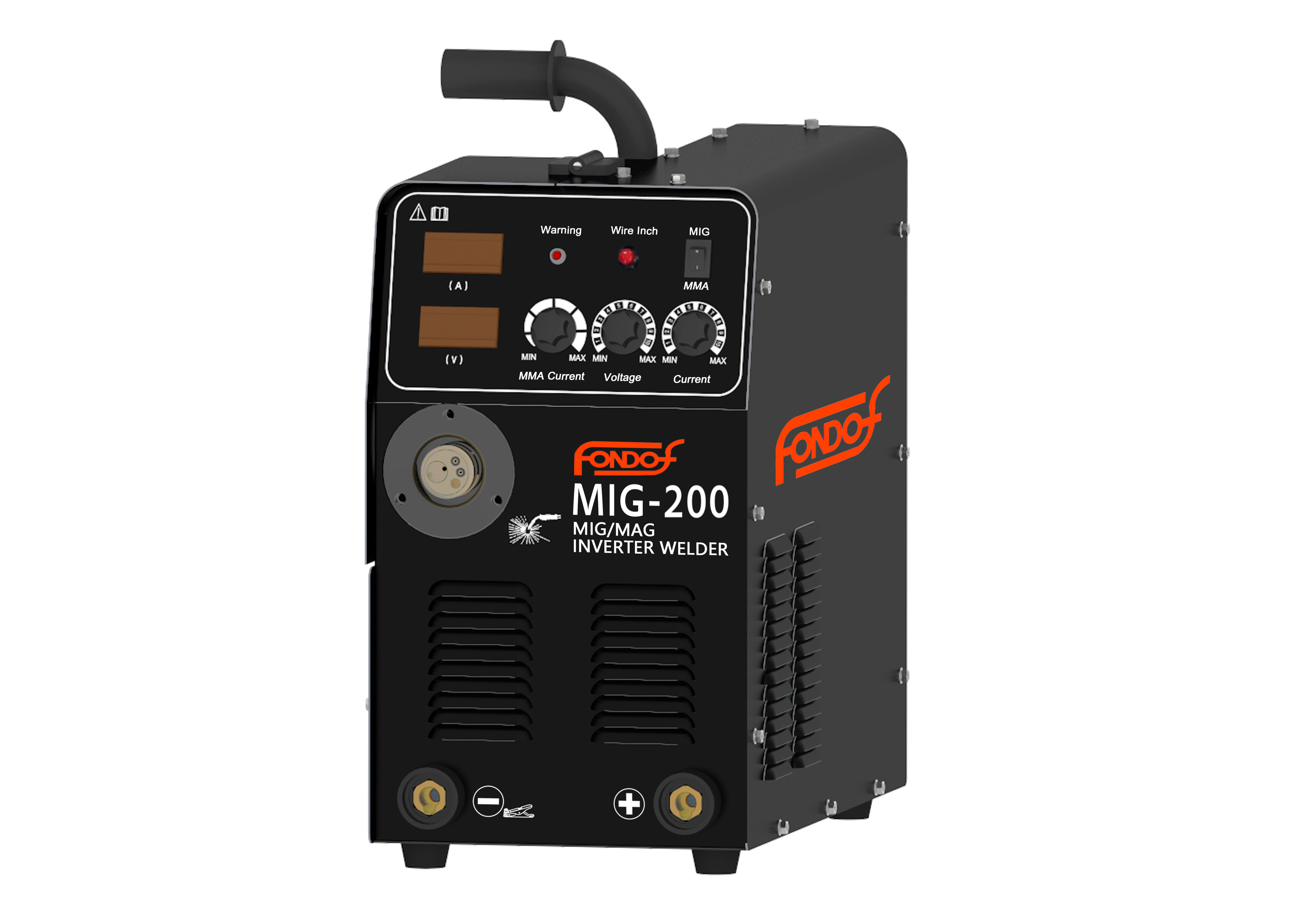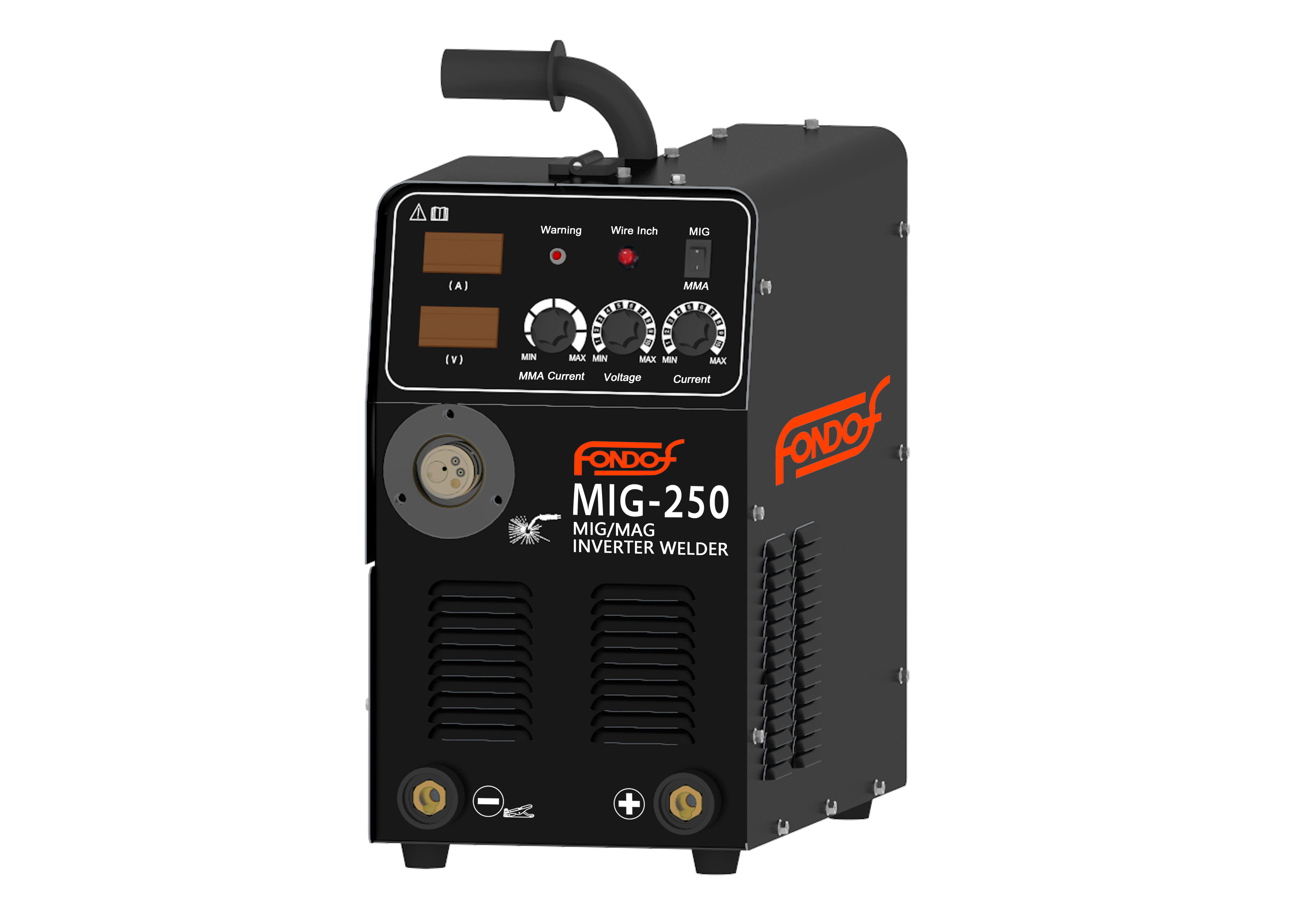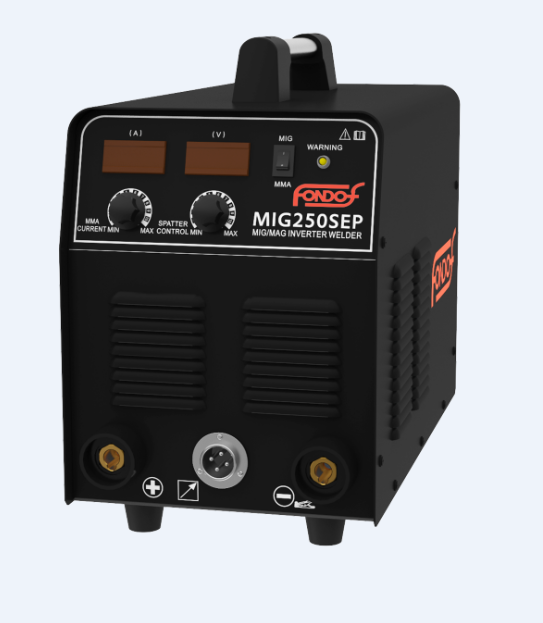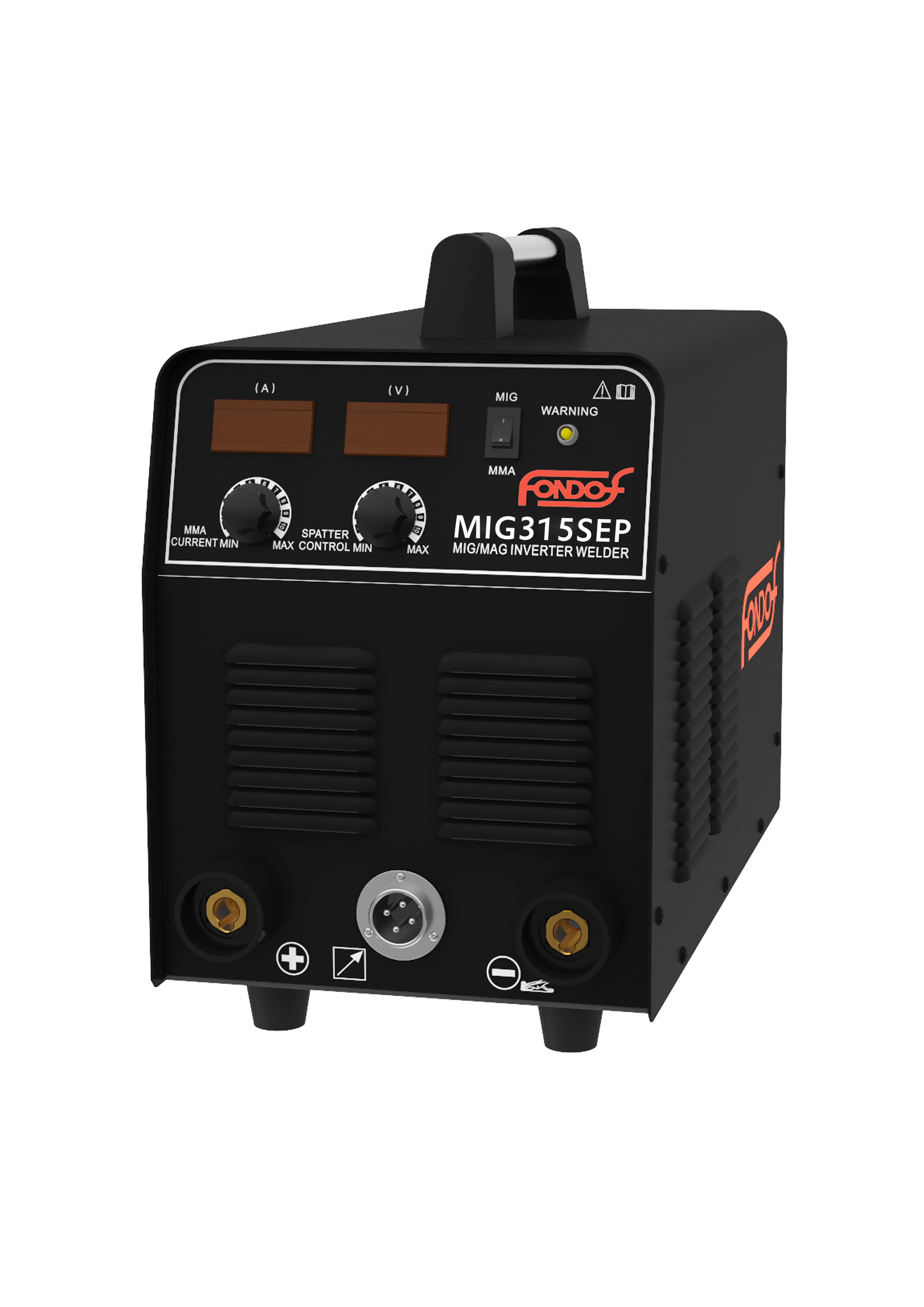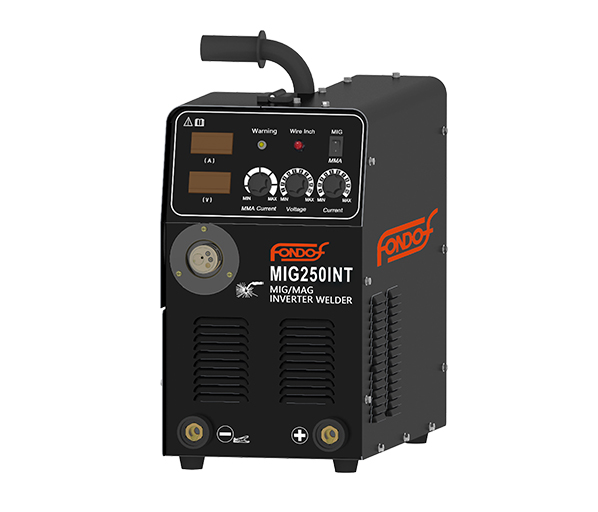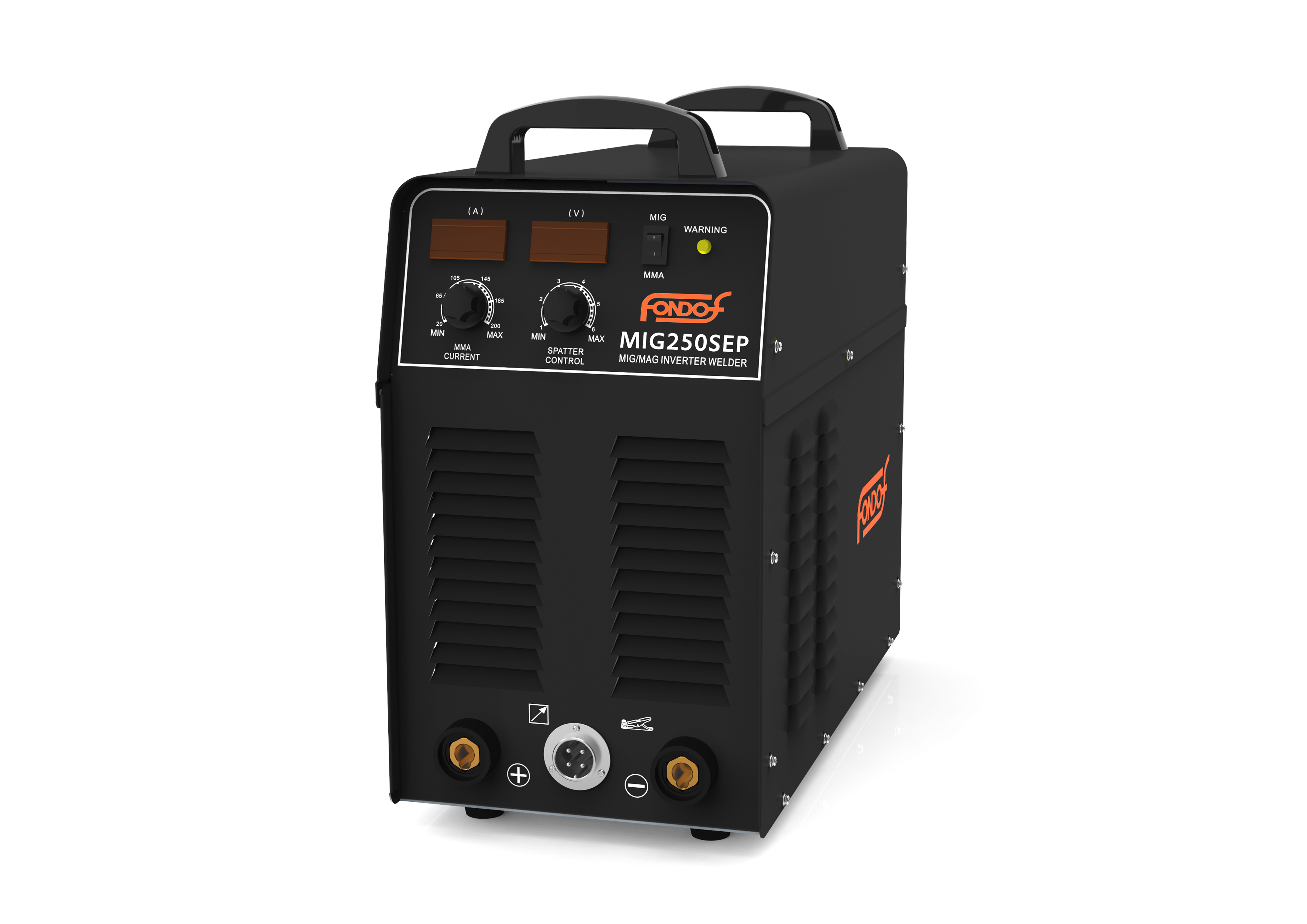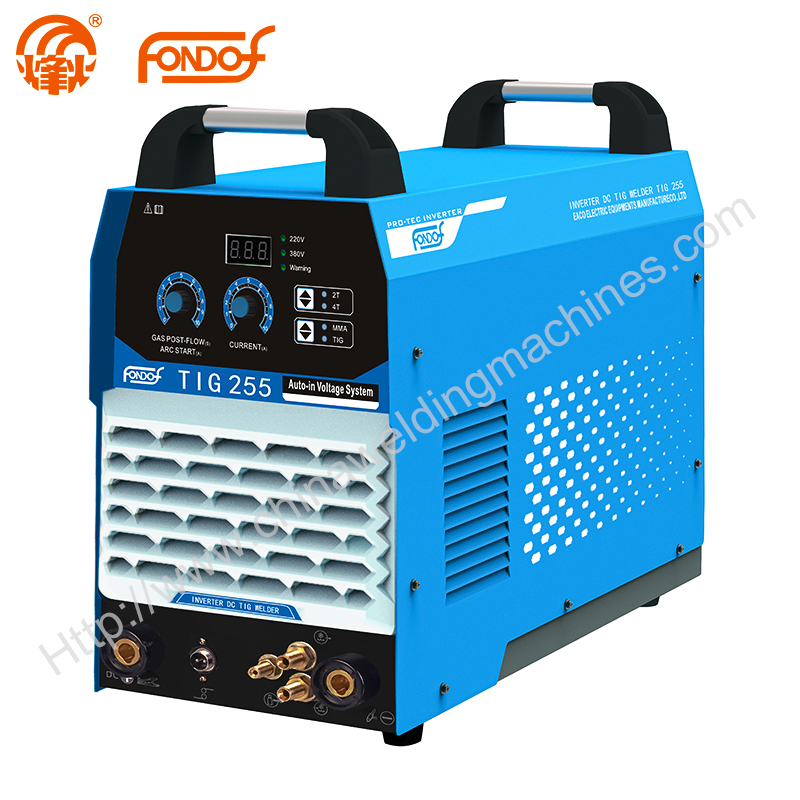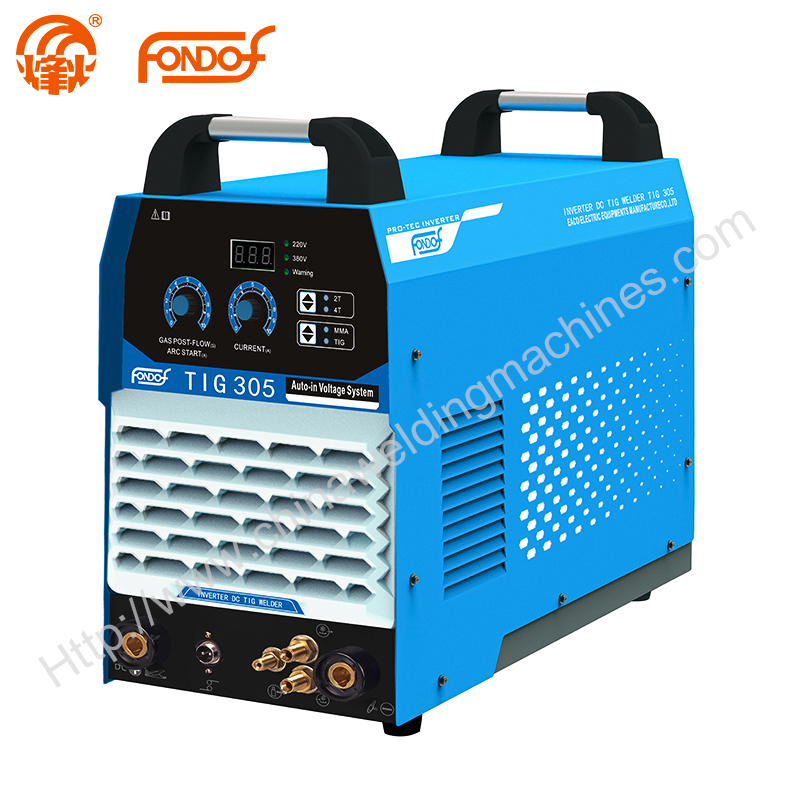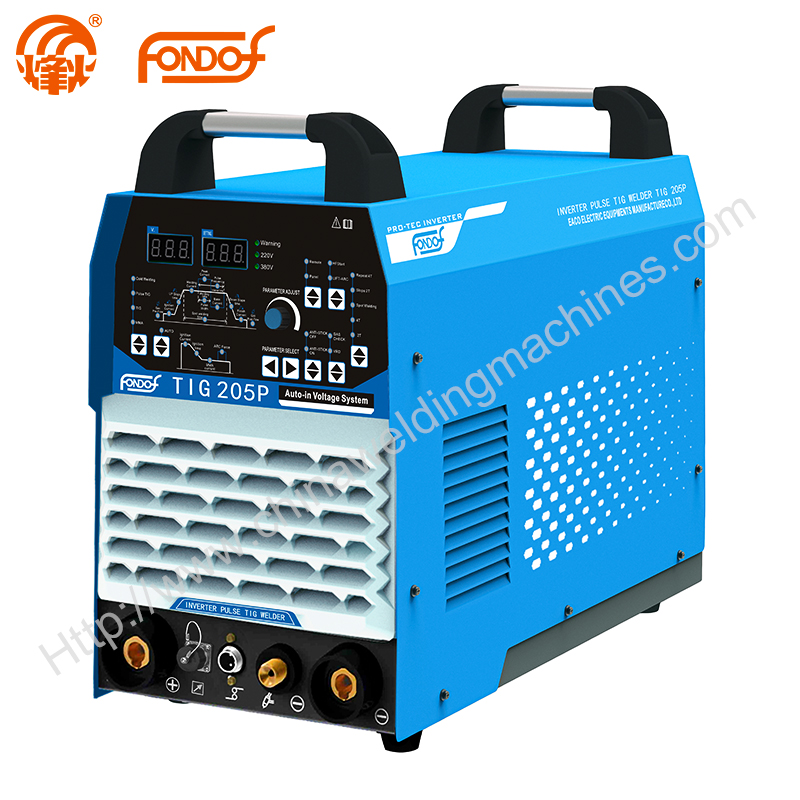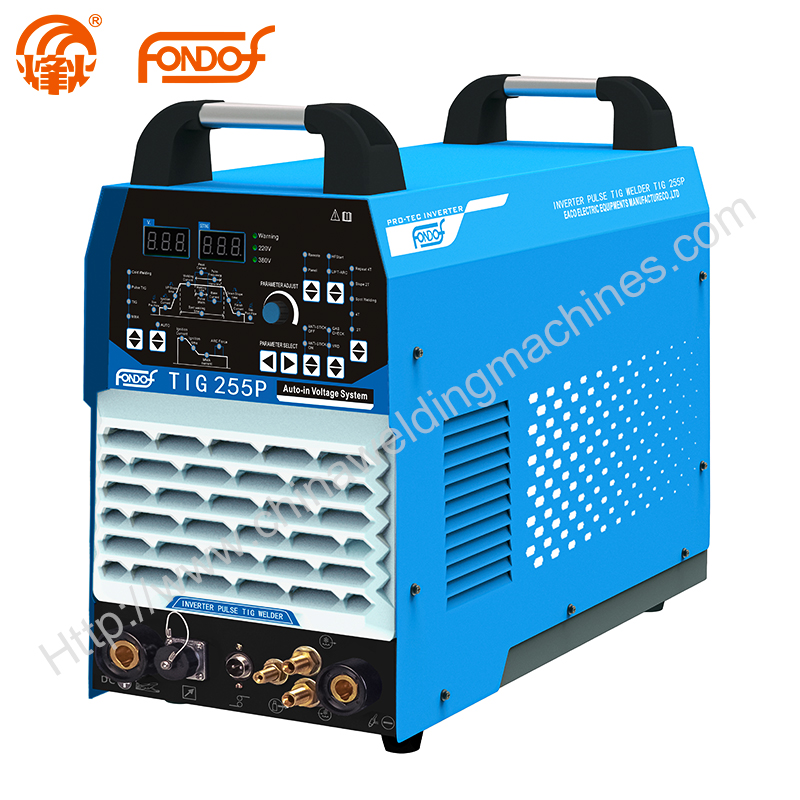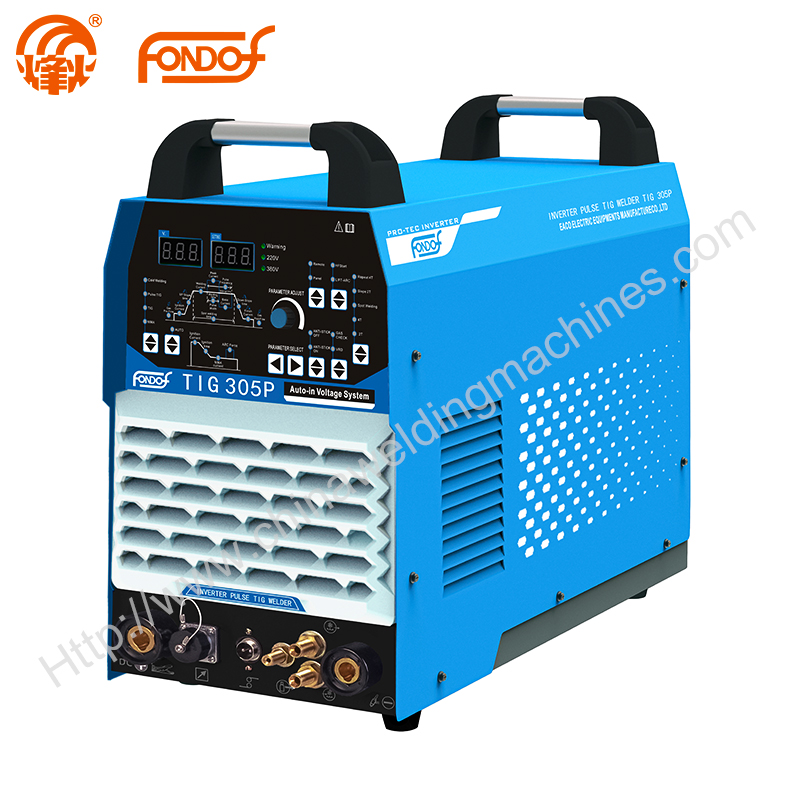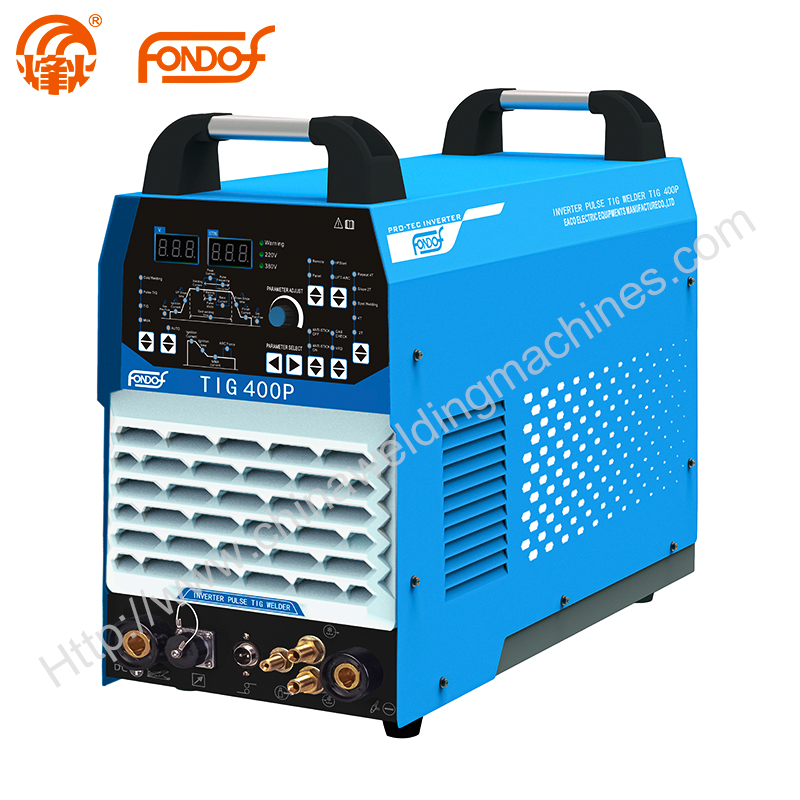welding machine for steel
There are many variables to consider when welding thick metal. First and foremost, you need the right machine for the job. You also need the right settings. Without those, you get welds that cause the metal to go brittle, as well as cracks and fissures in the weld. Considering how thicker metals are most often used in the construction and automotive fabrication/repair fields, the last thing you want is a weld failing.
Fortunately for you, We stocks the machines you need to weld thick metals properly. Stick welding is the most common (and easiest) way to weld thicker pieces of metal, but if you can get a MIG machine with the proper filler metal they can be used, too.
types of welding machines
This entry was posted on March 28, 2015 by admin.
Welding machines and joining machines encompass those devices that are used for numerous joining processes. These processes include:
arc welding (MIG, TIG, stick, submerged arc)
resistance welding
laser welding
electron beam welding
stud welding
orbital welding
wave soldering
hot dip brazing
torch brazing
induction brazing
ultrasonic
friction welding
The various types of welding machines and joining machines include the complete devices as well as their power sources, monitors, and controllers used for welding , brazing and soldering.
Complete Welding Machine Systems:
Welding machines and joining machines can be supplied as complete systems, which come with a welding power source, and a weld monitor or controller.
A complete welding machine or joining machine system is comprised of a complete welding, surfacing, or cutting machine, equipment, or system. Also included are a power source, torch or gun, cables, feeders, positioners, robots, or other required components.
A power source for a welding machine or a joining machine provides a TIG gun, MIG gun, electrode holder, laser, electron beam gun or other welding unit with the required output power to melt material.
Welding monitors or controllers for welding machines are instruments that sense welding quality (nugget size or weld integrity) or output power supply variations. Also, welder controllers are used to adjust welding parameters to compensate for variations in weld quality or output power.
Among the arc or resistance-welding types that apply to welding machines and joining machines are:
Flux Cored Arc Welding (FCAW)
Gas Metal Arc Welding (GMAW)
Multi-process
Orbital / Tube Arc Welding
Plasma arc welding
Flash welding
Projection welding
Resistance seam welding
Spot welding
Shielded Metal Arc Welding (SMAW)
stud arc welding
Submerged arc welding (SAW)
Gas Tungsten Arc Welding (GTAW)
Frictional or other fusion welding types that apply to weld machines and joining machines include:
Electron beam welding
friction welding
Hot plate welding
plastic welding
Laser welding
Oxyfuel welding
Thermite or exothermic welding
ultrasonic or linear friction welding
You must consider output power specifications when looking into entire welding machine systems and/or joining machine systems, as well as the power systems for these machines. You need to be aware of the duty cycle, or the percentage of time the welding unit can remain on in a ten-minute period before powering off to cool and prevent damage to components.
Check the output power capability specifications, which include AC output, DC output, AC/DC selectable output, and high frequency. Find out what the output current range of the welding or joining machine system is. (This is the designed current range of the welding unit or the current range monitored or controlled.) Also look at the output voltage range, which is the designed voltage range of the welding unit or the voltage range monitored or controlled.
Engine-driven generators, machine duty or corrosion resistance, multi-operator, and water-cooled are features that are common to welding and joining machines.
FAQ of welding machine for steel
What is the strongest weld for steel?
TIG welding produces the strongest type of weld.
What size welder do I need for 1/4 steel?
When buying a welder, consider the following as general rules: A 140-amp unit can weld up to about 1/4” steel. A 180-amp unit can weld between 3/8” and 5/16” steel. A 200-amp unit can weld between 5/16” steel.
what kind of welding machine for steel what mig welding machine is best for stainless steel what type of welding machine for stainless steel what should i set my fluxcore machine on for welding on a half inch metal carbon steel which welding machine should be used for stainless steel welding machine for steel welding machine for steel and aluminum
We love to hear from you and are happy to answer any questions













